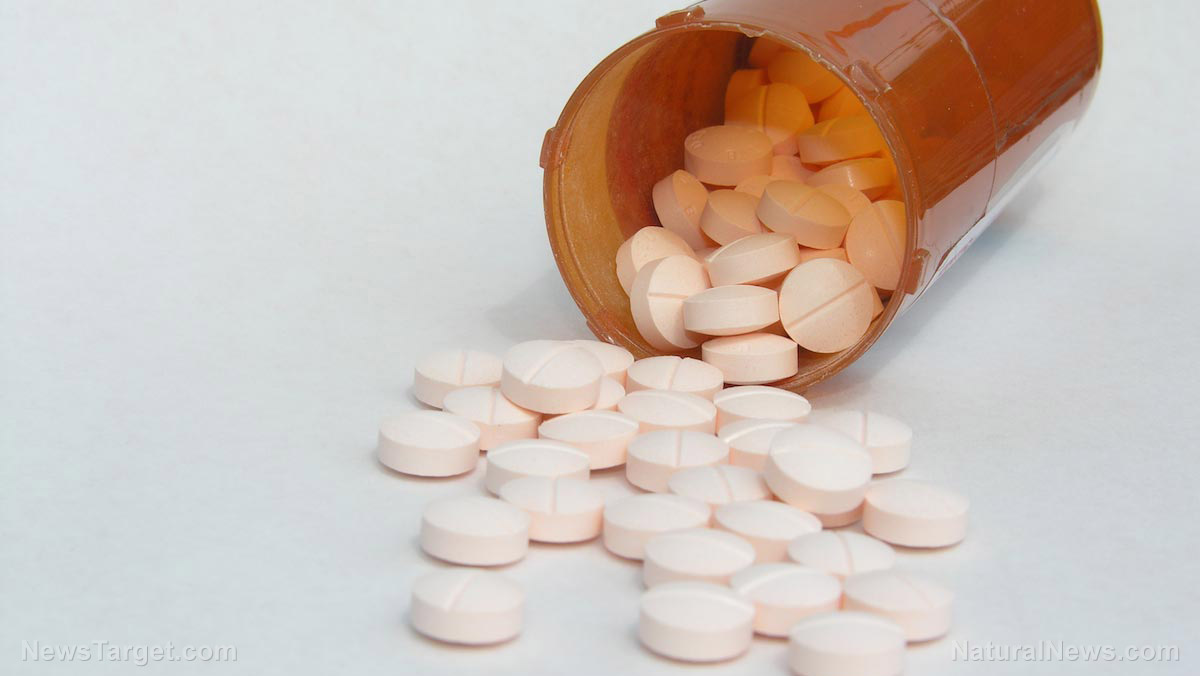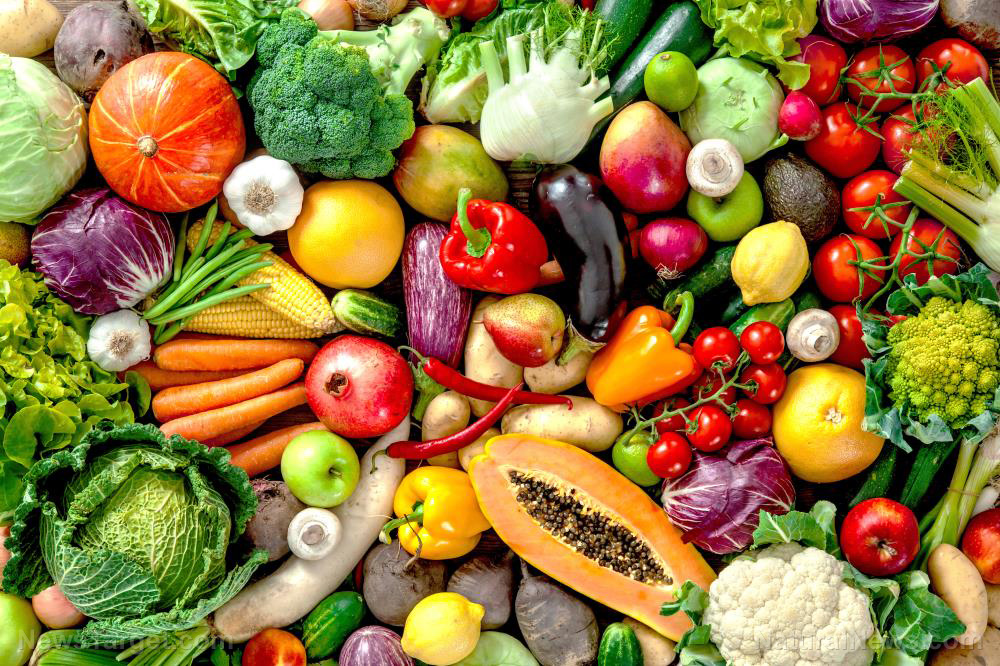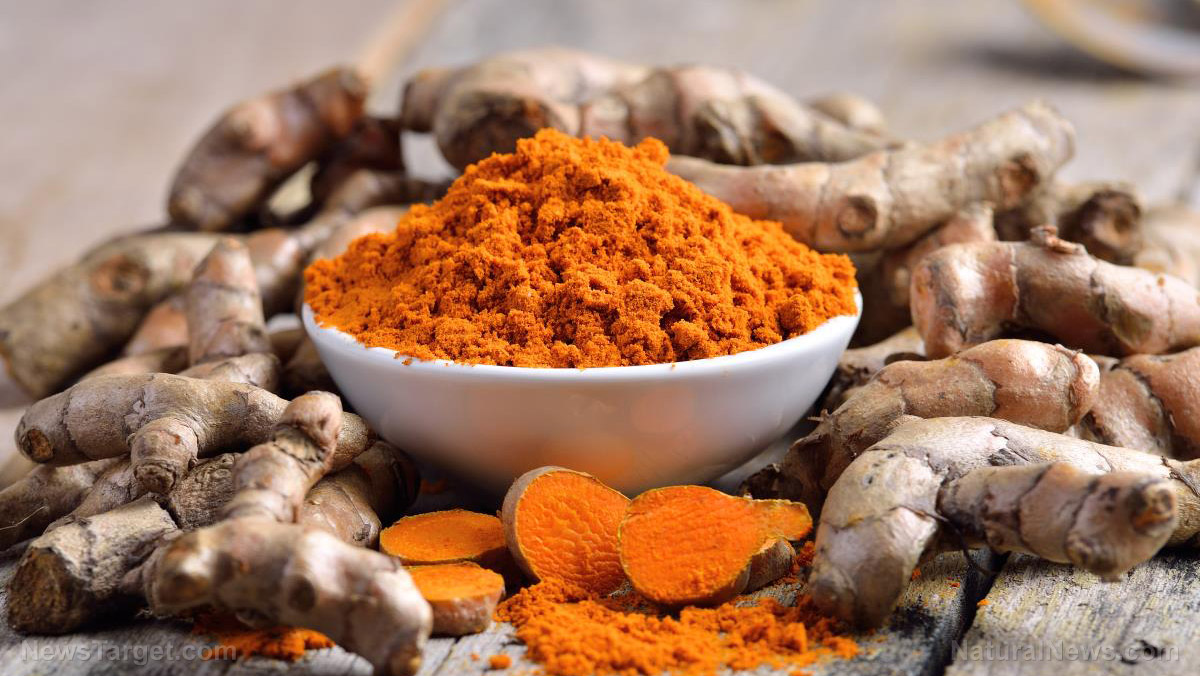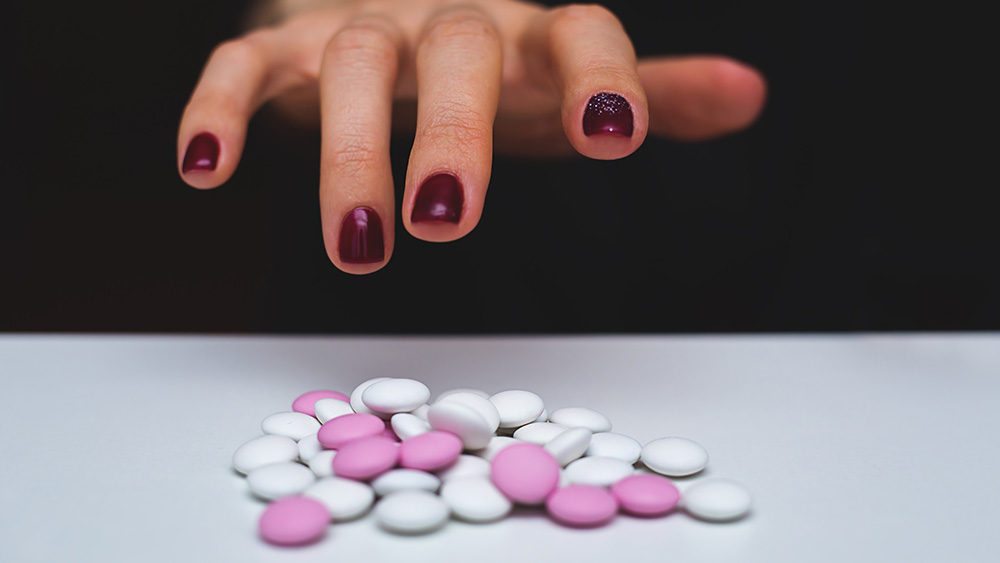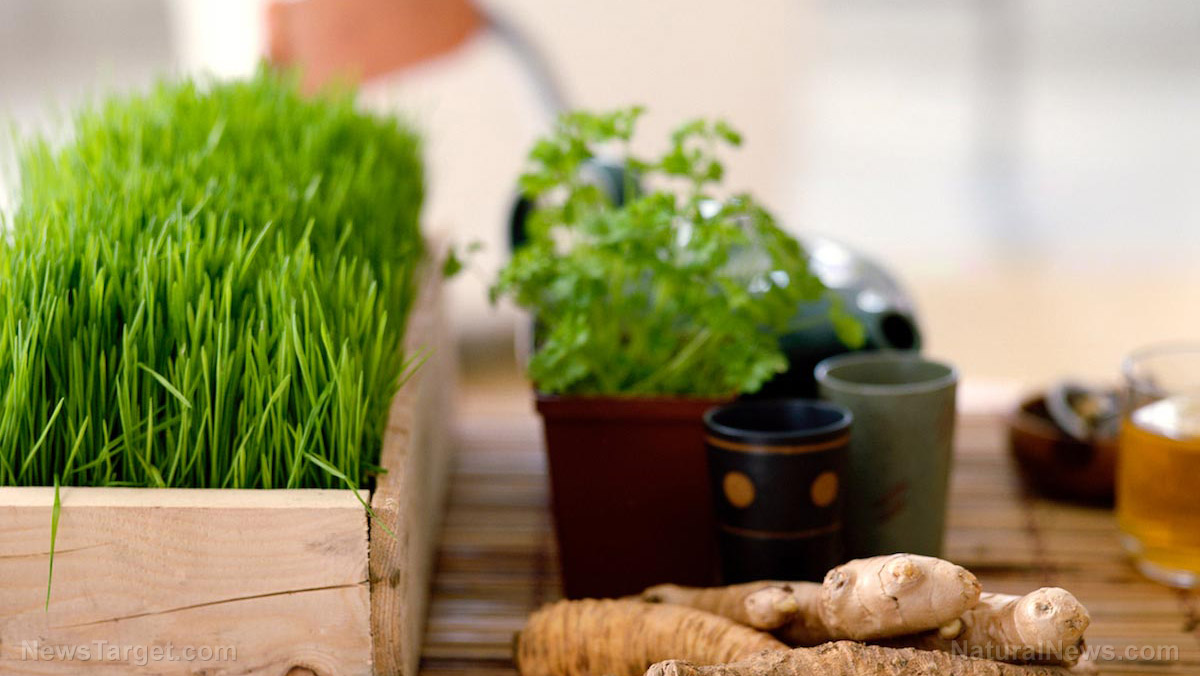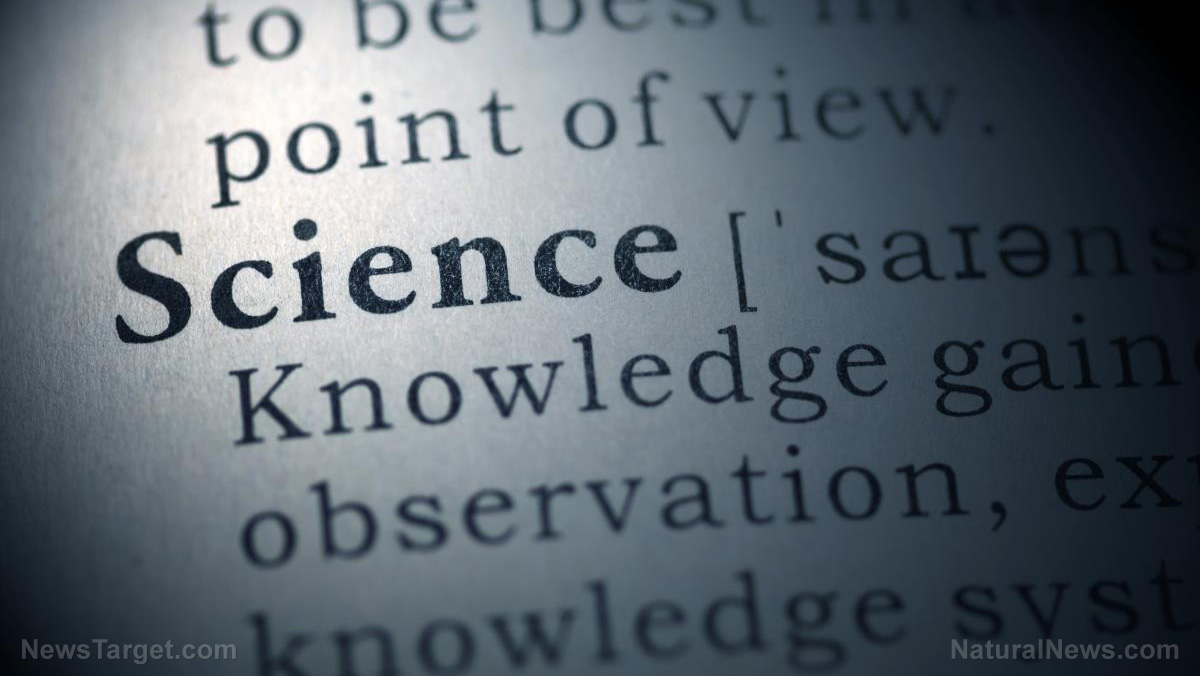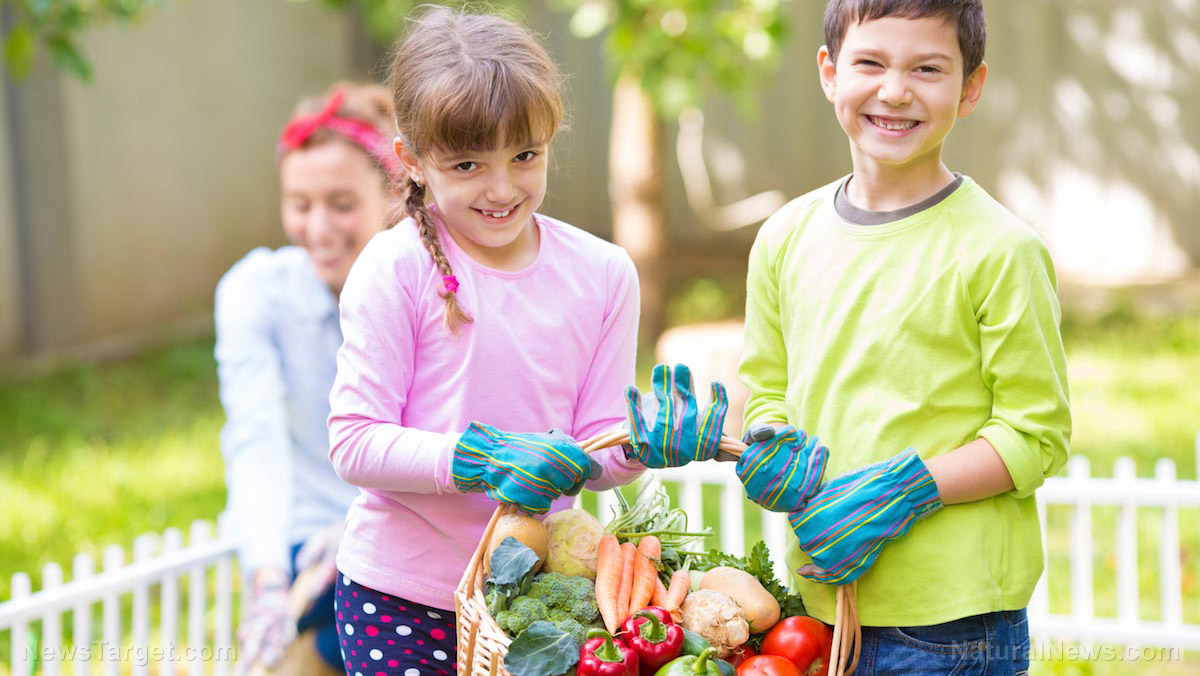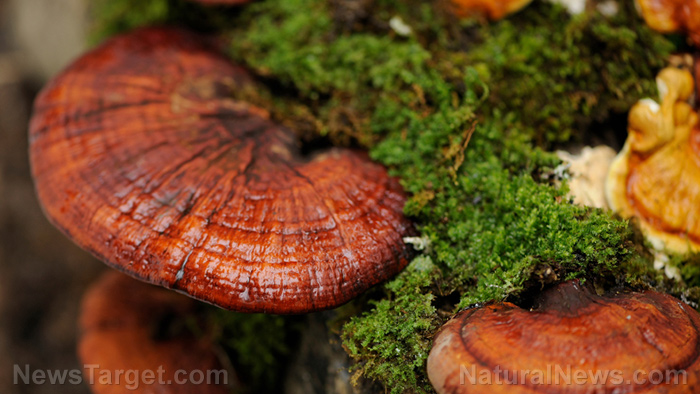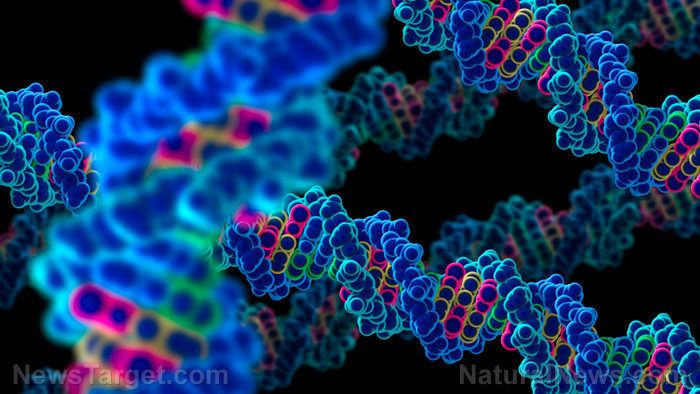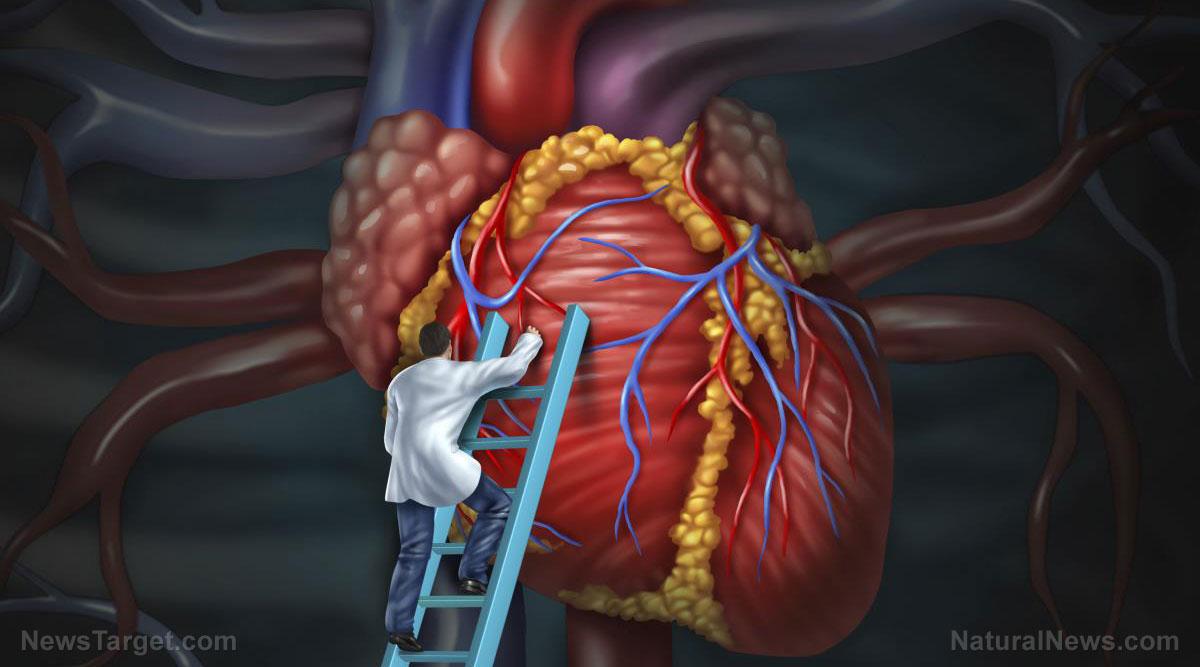Chitosan: A more environmentally friendly food packaging material than plastic
02/17/2019 / By Rita Winters
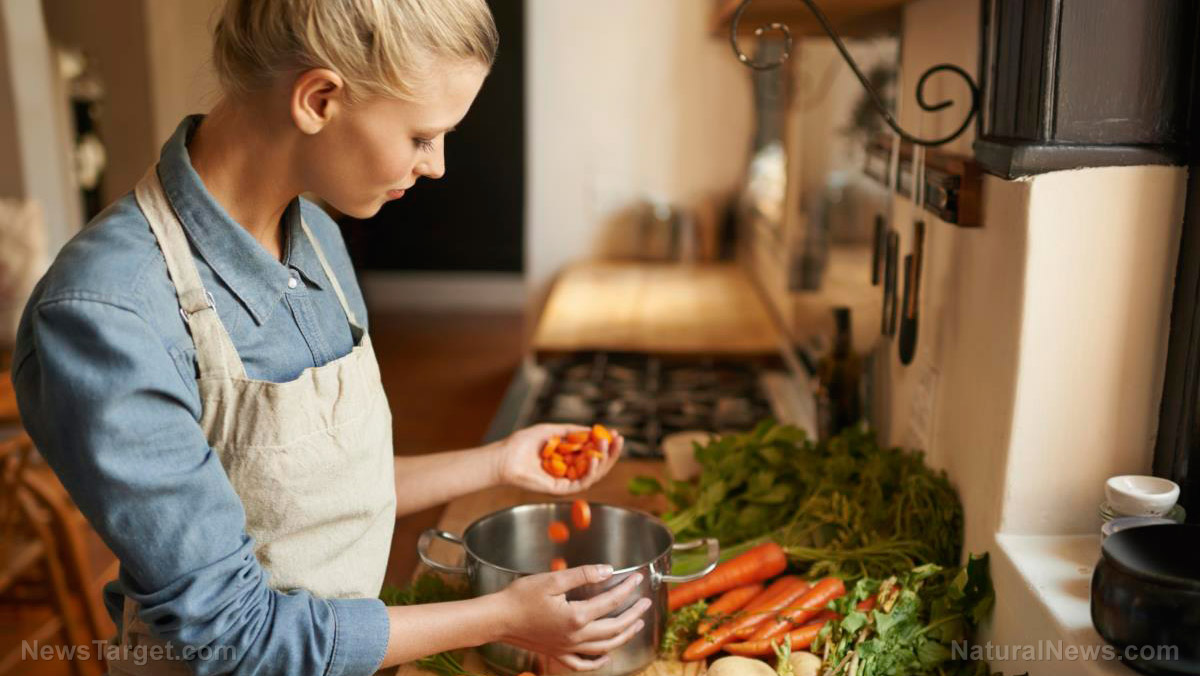
We all know the downside of plastic packaging to the environment. Aquatic creature autopsies show bits and pieces of this non-biodegradable petroleum product. Around one million birds and marine species die each year due to being trapped in or ingesting plastic. Even if a lot of people are aware of this, tons are plastic is still used in food packaging and other household and industrial products. Itsaso Leceta, an academic researcher from the University of Basque Country, aims to break packaging standards with chitosan, a biodegradable polymer.
Chitosan is a linear polysaccharide made from treating the hard exoskeleton or chitin shells of crustaceans, mostly shrimps, with an alkaline substance like sodium hydroxide. It is a biodegradable, biocompatible (not harmful to living tissue) polymer that can be used to wrap vegetables and fruits. Its purpose is to prevent bacteria and fungi from infecting whole foods, and prolonging their shelf life. In some countries, chitosan is made into a fibrous medical substance that blocks absorption of dietary fat and cholesterol, used to treat obesity, high cholesterol, and Crohn’s disease. However, chitosan’s weakness is that it is permeable to gas, water, and vapor. While plastic takes a hundred to 400 years to degrade, chitosan is edible and is biodegradable – you can either eat it or compost it.
Food, especially vegetables and fruits, are wrapped in plastic films to make them last longer and protect them from contaminants. However, plastic may also be a contaminant and is especially harmful to the environment since it cannot degrade easily. Plastic production is also notorious since the chemical process involving benzene and vinyl hydrochloride pollute the air with toxic fumes. What’s more is that these fumes and the plastic itself are carcinogenic, or have the potential to cause cancer.
As described in Leceta’s study, chitosan has antimicrobial properties which are highly suited to the food industry. Instead of using toxic chemicals, pesticides, and fungicides to prevent food diseases, vegetables and fruits can be wrapped in edible, biodegradable film.
While Leceta’s goal is to manufacture a food packaging material that is environmentally favorable, the production of chitosan needs further optimization. Chitosan may be a good replacement for plastic wraps and films, but its chemical process has an environmental impact too. On the bright side, the process of production of chitosan can still be managed and enhanced, as compared to plastics that have a fixed, environmentally detrimental process.
If you’re aware of the current state of the environment, then you know something needs to be done to save our planet. While most of us are non-scientific people, we can still help the environment and reduce pollution by following simple strategies for every day life. When buying vegetables and fruits in the market, bring your own reusable bag. Find ways to reuse tin cans, cardboard boxes, and other packaging material. This way you reduce the amount of plastic and paper waste, and discourage plastic companies from producing more products. As much as possible, patronize produce from your local neighborhood homestead. Commercial agriculture is infamous for using chemical pesticides and fungicides, so you’d want to look for other healthier options.
The future of food packaging is in the hands of chitosan and other natural, biodegradable, and re-purposed waste. For now, we only have to accept that there are downsides to each and every option, but be guided as to choose something of the lesser evil.
Sources include:
Tagged Under: biodegradable polymer, Chitosan, eco-friendly, environment, food packaging, food safety, green living, grocery, materials science, Plastic, toxic chemicals

